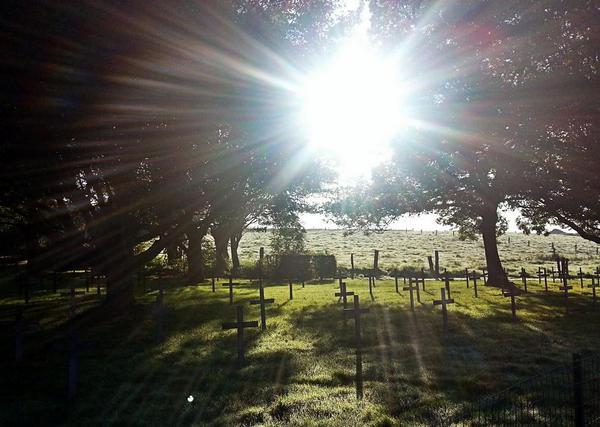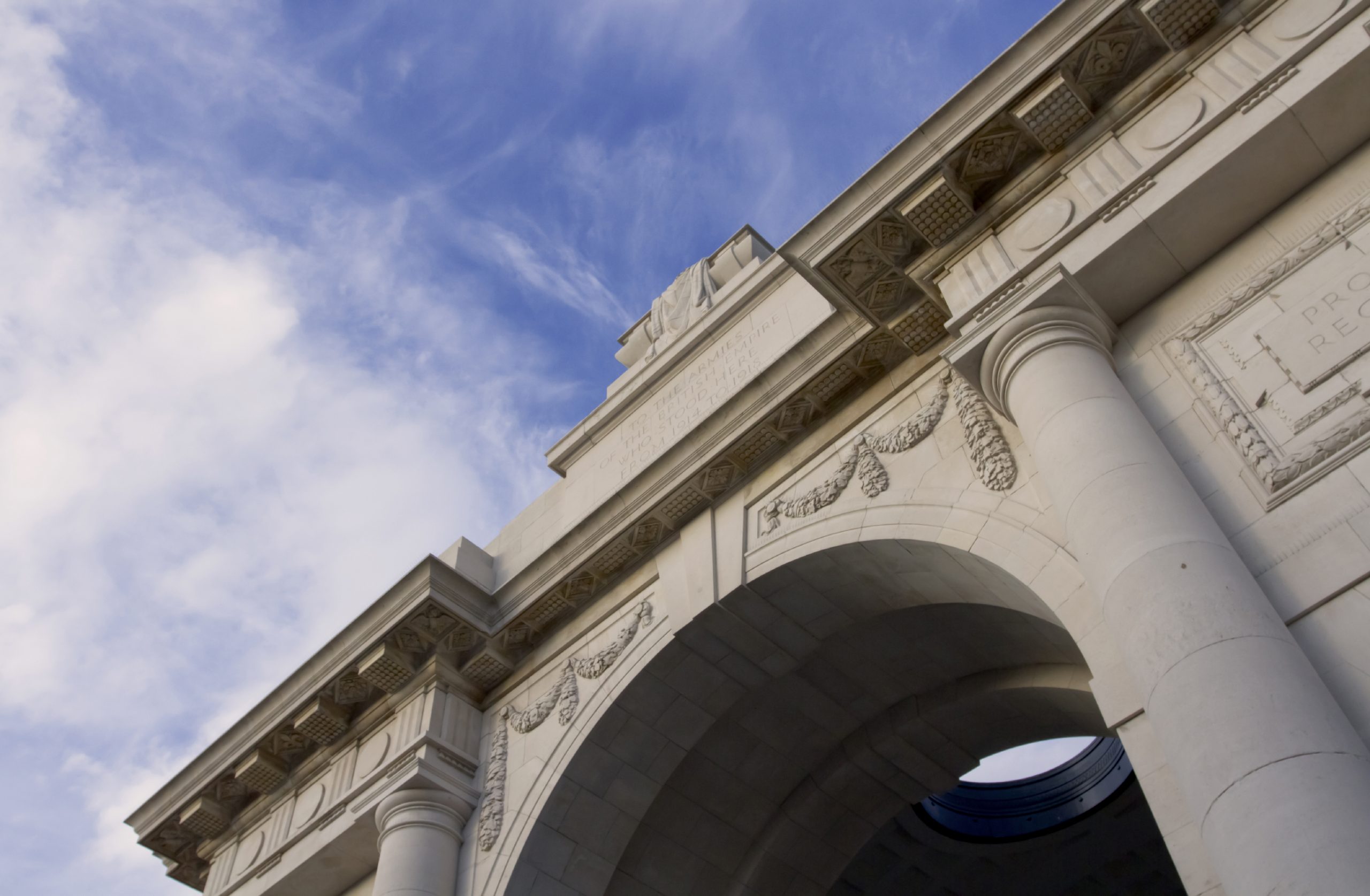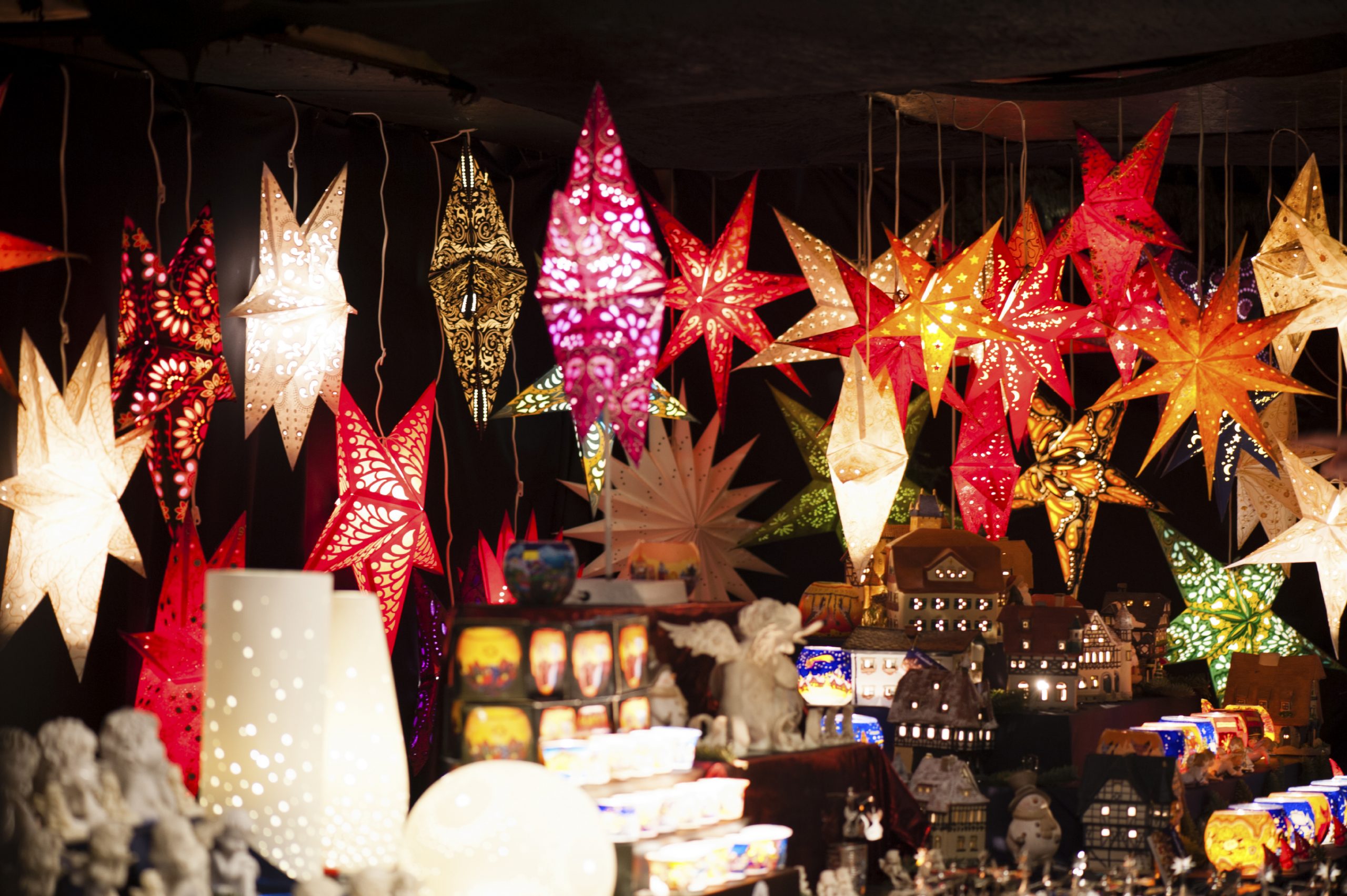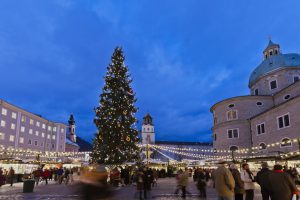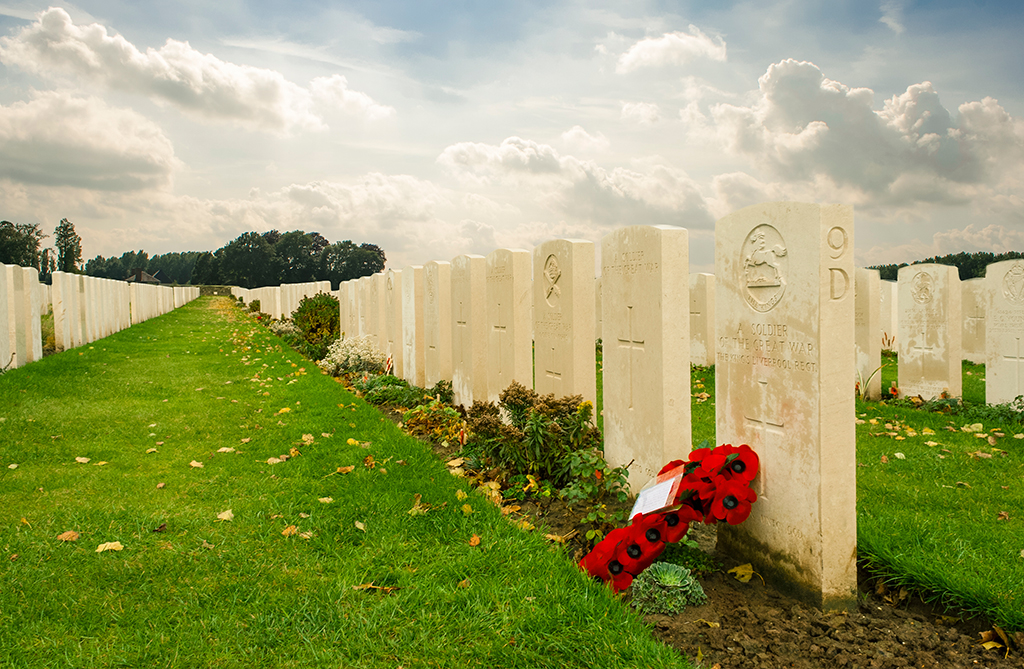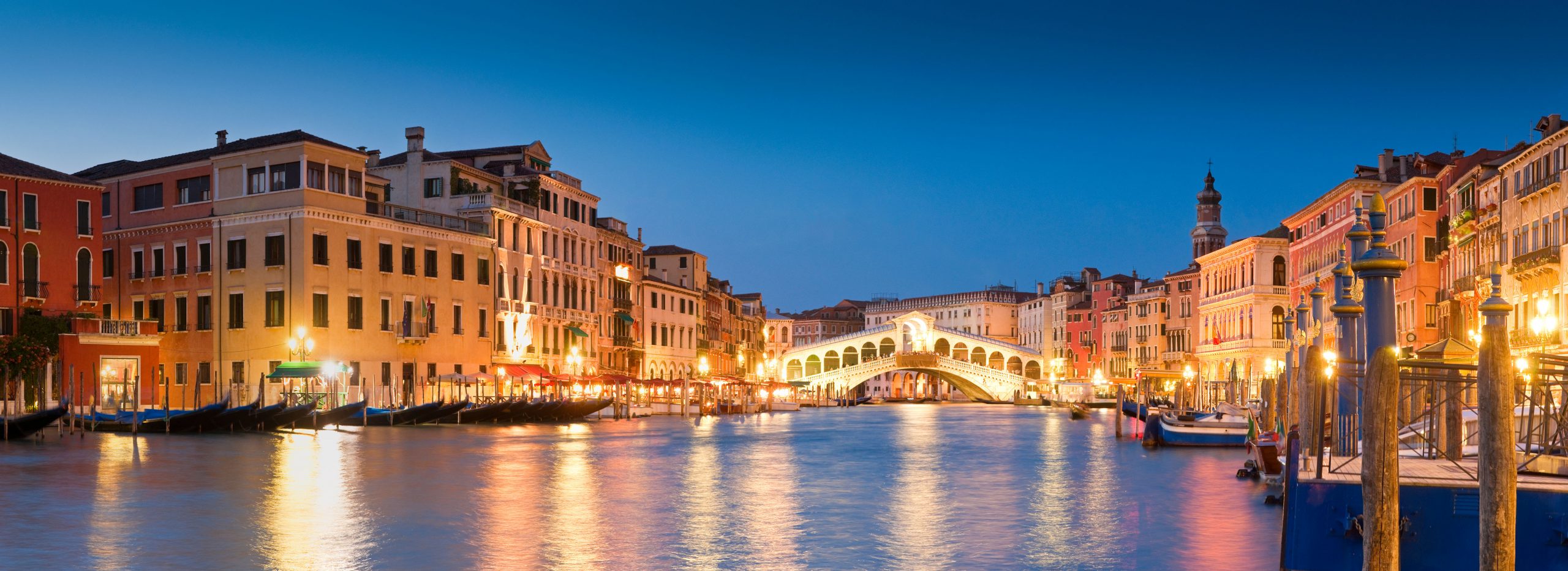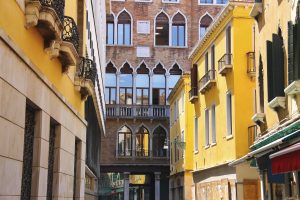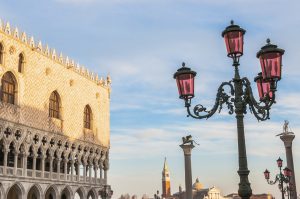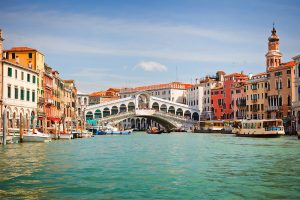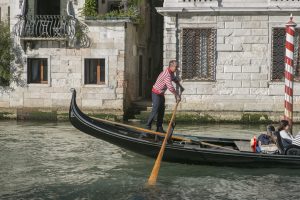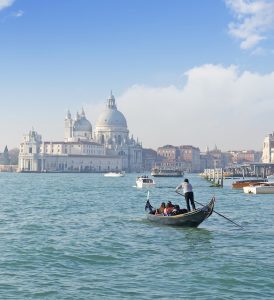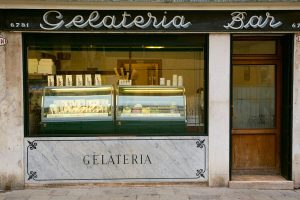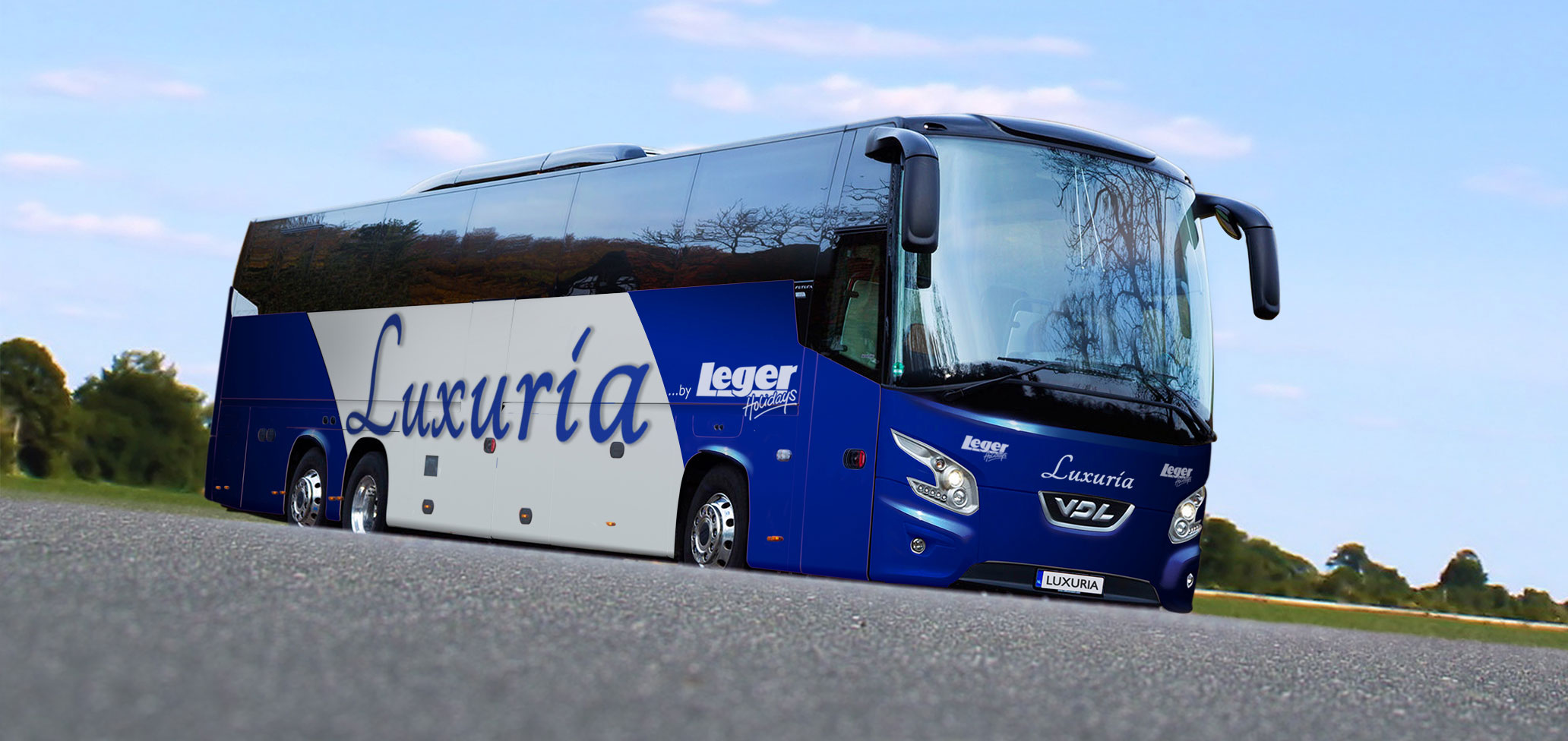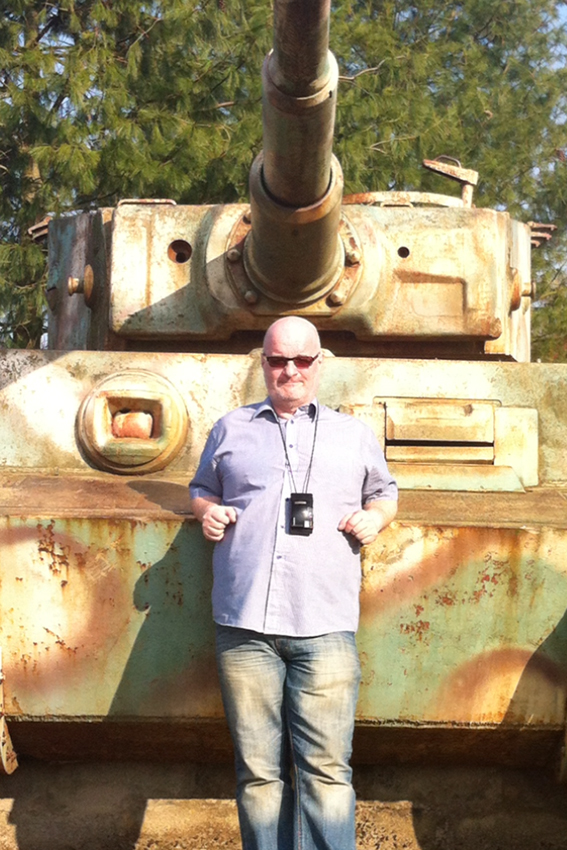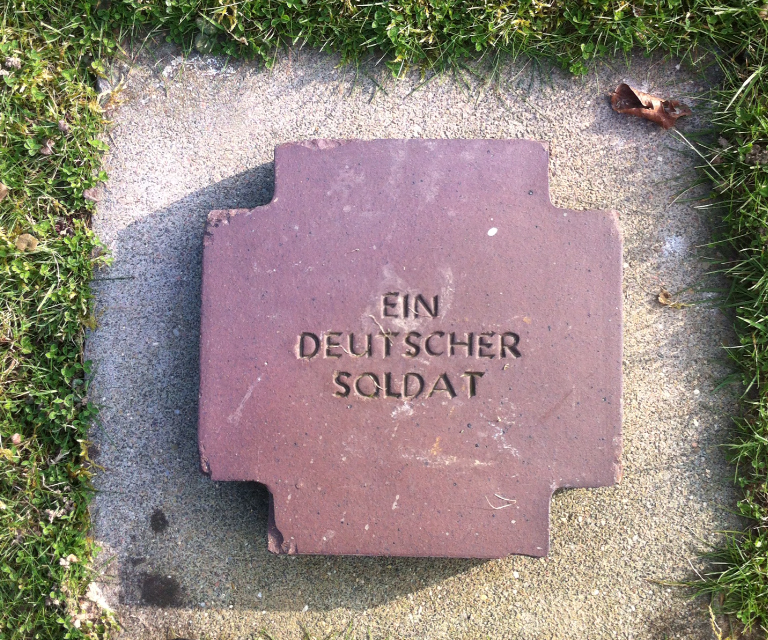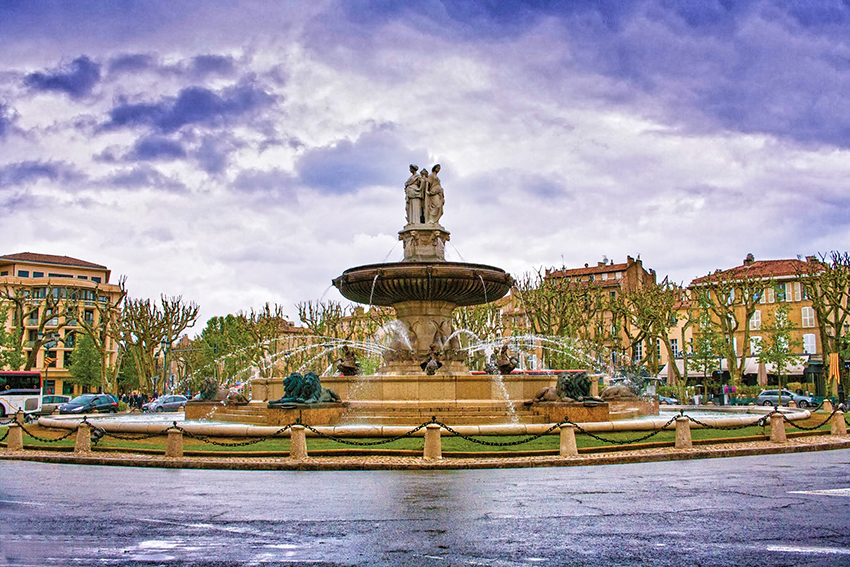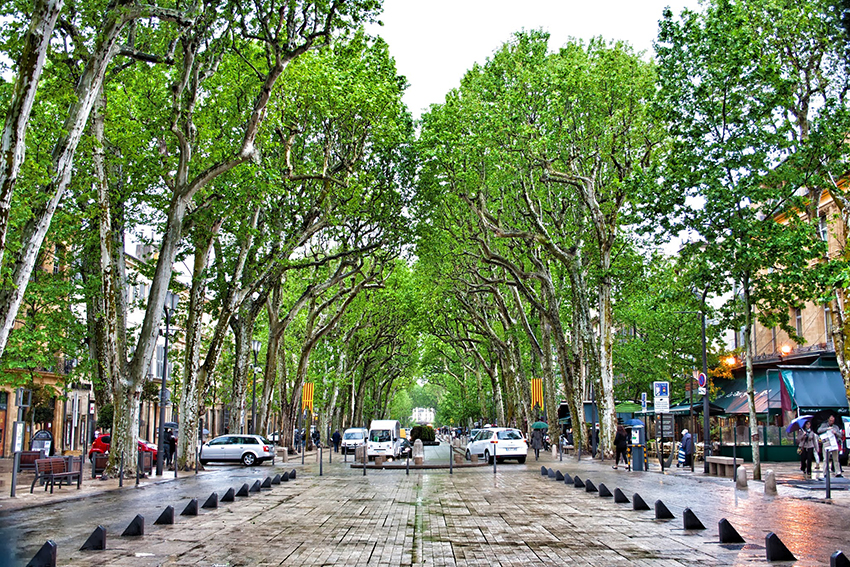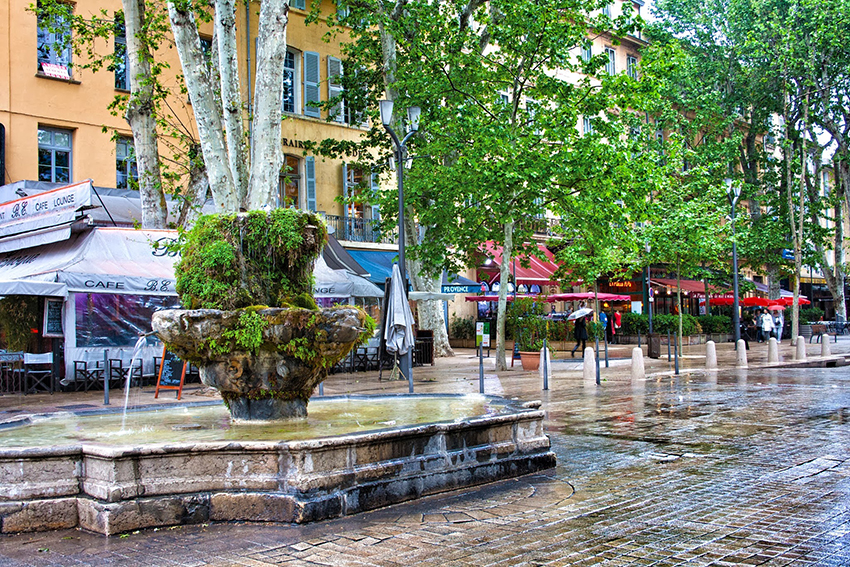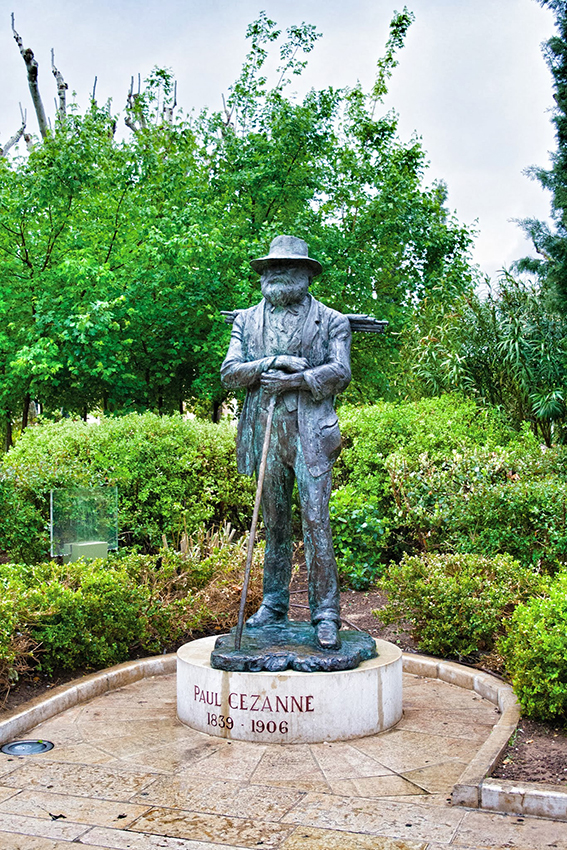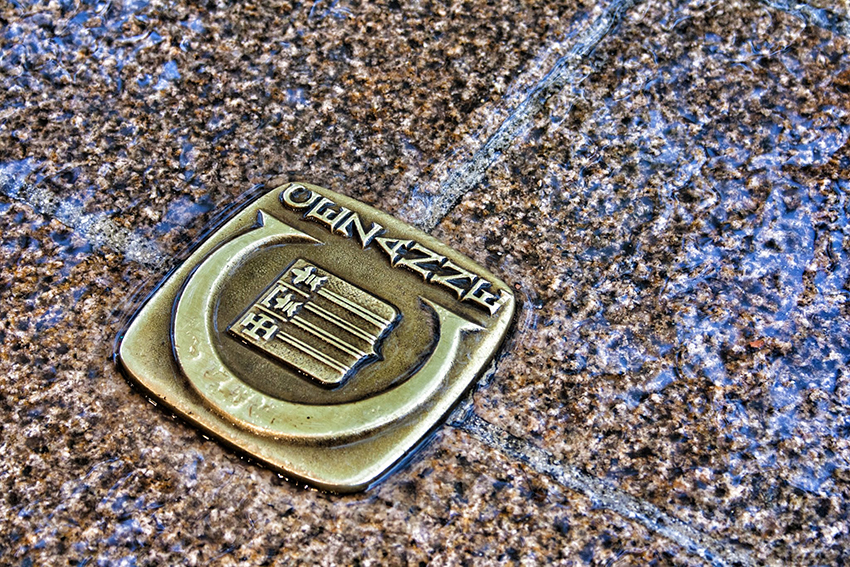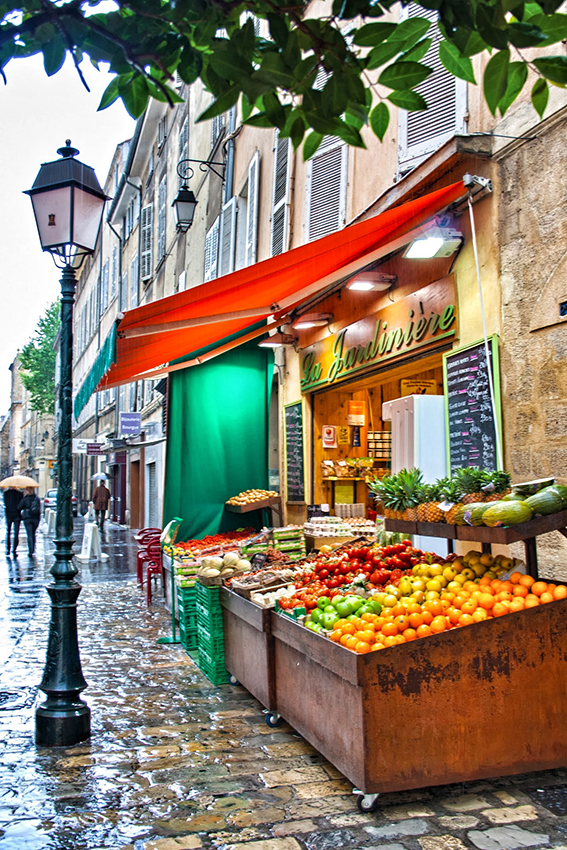Here at Leger we offer a fantastic selection of different and exciting tours, ranging from the classic sights of Europe to experiencing live events such as the Formula One Grand Prix. However, one experience that we are particularly proud of is our walking tours. We have taken our customers hiking through the Austrian mountains to walking in the footsteps of heroes through the Battlefields of World War One. Our Marketing Director, Huw Williams, loves walking and in turn has chosen our Walking in the Italian Süd Tirol tour as his Directors Choice. Huw has kindly answered some of our frequently asked questions about his tour and walking tours in general.
What is a walking holiday and what does it entail?
A walking holiday with Leger is a combination of a coach holiday with sightseeing opportunities combined with graded, guided walks through beautiful, interesting scenery.
As your Directors’ Choice, what made you choose this tour?
I had never visited the Italian Sud Tirol, a destination we’ve specialised in for 30 years, so I thought it was about time!
My wife (who accompanied me) and I also love walking, so it seemed to be the ideal combination. It was a Silver Service departure, too, so that made it even more appealing as I am quite tall and appreciate the extra legroom.
What are the perks of a walking holiday?
The fresh air and exercise in amazing, scenic surroundings give you a real sense of contentment and well-being. A chance to take a step back (excuse the pun) from day-to-day demands and appreciate the simple pleasures of life….one of which is spending time with a small group of walking companions and making new friends.
Are the walks taken as a group or do you go your own pace?
All walks are accompanied by an experienced guide and the group walks together. Inevitably, people walk at different paces and this is catered for, within certain limits.
What did you expect before heading off on the tour and was there anything that left you pleasantly surprised?
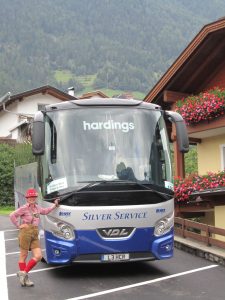
The tour mostly met my expectations, which it should considering my job! However, my expectations were exceeded by: the comfort of Silver Service and the performance of our drivers; the amazing hospitality at our hotel in Uttenheim, the zum Schlossl (Anna is such a good cook); the friendliness and expertise of our walking guide, Christina; and especially the truly stunning scenery of the Sud Tirol. It was breath-taking.
Is a walking holiday suitable for single travellers?
Absolutely, there were several guests travelling on their own and, to my knowledge, had a great time. Coach and walking holidays are perfect for getting to know your fellow travellers quickly and making new friends.
Which was your favourite walk of the tour?
The Waldner Pilgrimage, from Prettau up to  the Waldner Alm. It had unbelievable views. But every walk was rewarding in its own right because of the varied features of each one.
What would you say to people who think they aren’t fit or experienced enough to try a walking holiday?
A reasonable level of fitness is important. If you rarely take exercise or have mobility issues, our walking holidays are not suitable for you.
However, if you’re a regular walker, whether over gentle or more challenging terrain, we’ll have something to suit because our walks are graded according to difficulty.
I would certainly recommend you do some preparation beforehand, though. It will enhance your enjoyment. And ensure you have suitable boots and clothing.
It doesn’t matter if you’re inexperienced because all walks are fully guided and you will receive pre-walk briefings and lots of tips and advice to help you get the most from each day.
What advice would you give to someone about to head off on their first walking holiday?
Savour every moment and take lots of pictures to remind you what a wonderful time you had…until the next time, that is. Believe me, once you’ve done it you’ll want to go again.
What three words would you use to sum up your experience on this tour?
Exhilarating, friendly, fun.
And finally, given the choice of any European country, which would you personally choose as an ideal walking tour destination?
For me, it’s the mountain scenery I find irresistible. Therefore, it probably has to be somewhere in the Alps. The Italian Sud Tirol fits the bill and that’s probably because it used to be part of Austria until the end of the First World War. So, as I love everything about Austria, I would choose it as my ideal European walking destination. Maybe I’ll choose Walking in the Austrian Tyrol for my next Directors’ Choice!
Here are some of Huw’s fantastic photos from his Directors Choice tour, Walking in the Italian Sud Tirol, this tour is available to view here
If you’d like to take a look at the fantastic choice of walking tours available to book now, click here.

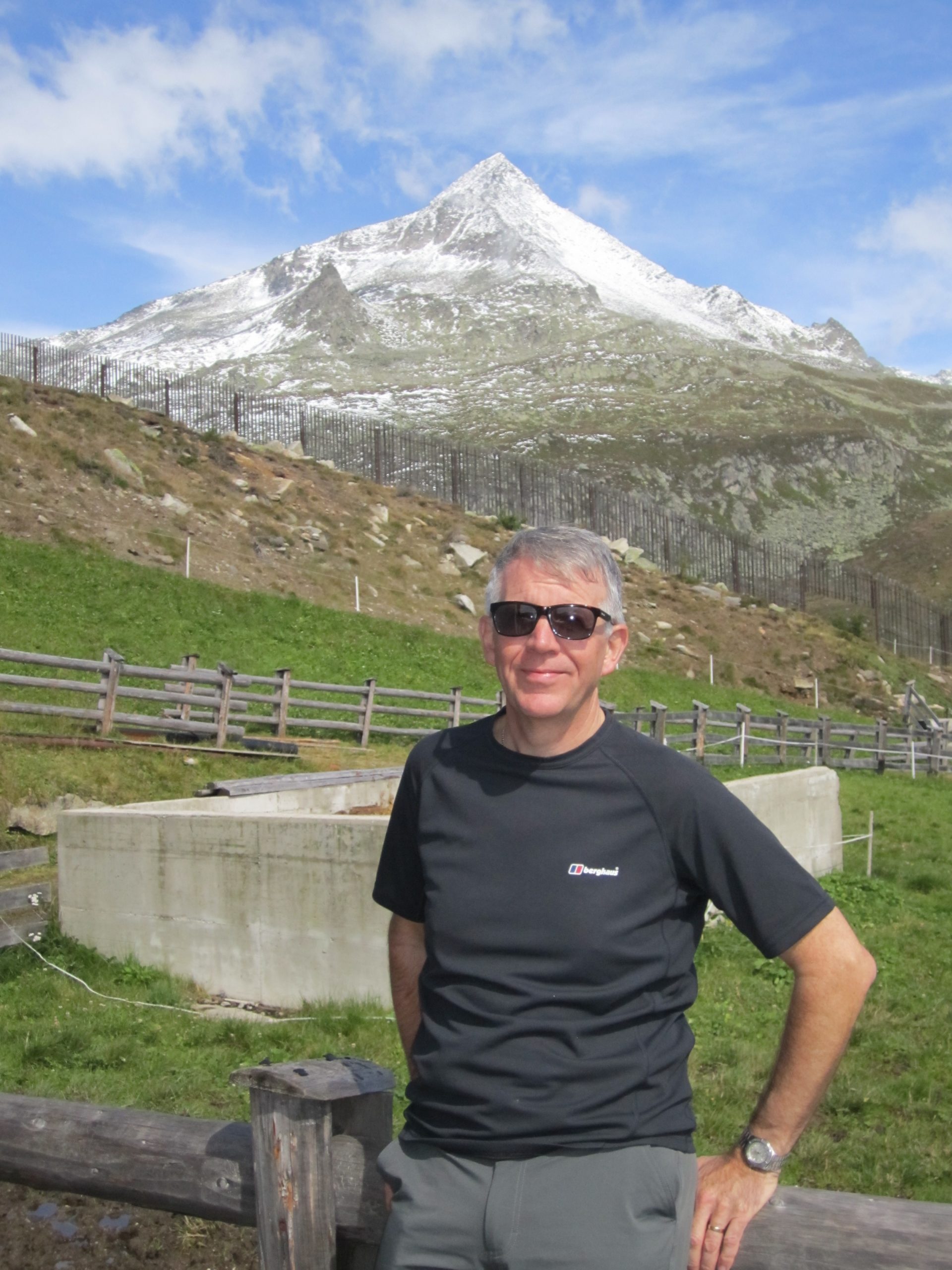
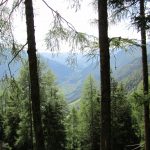
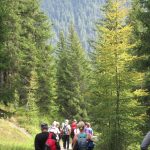
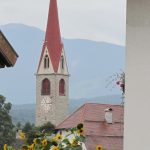
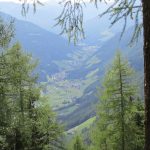
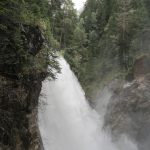
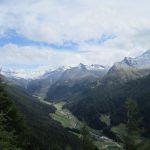
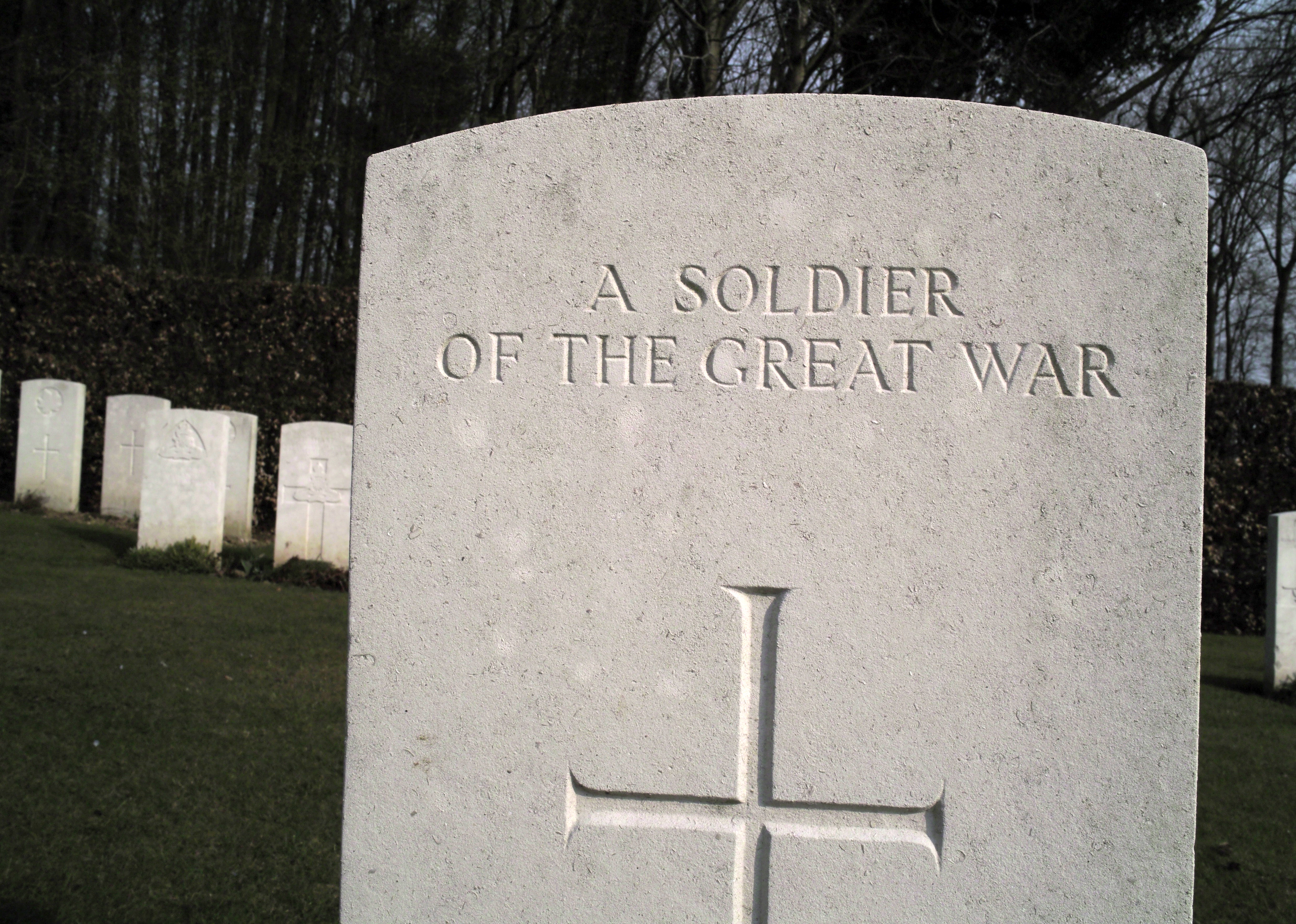
 The downside to this bias, of course, is that we miss the opportunity to garner a well-rounded appraisal of certain conflicts: the tactical approaches of Britain’s foes; the cultural impact war had on those countries; not to mention the personalities of the soldiers fighting for the other side, who are often demonised as cold, emotionless killers, when many – like our own men and women – were thrust into the field of combat against their will and better judgement.
The downside to this bias, of course, is that we miss the opportunity to garner a well-rounded appraisal of certain conflicts: the tactical approaches of Britain’s foes; the cultural impact war had on those countries; not to mention the personalities of the soldiers fighting for the other side, who are often demonised as cold, emotionless killers, when many – like our own men and women – were thrust into the field of combat against their will and better judgement.
